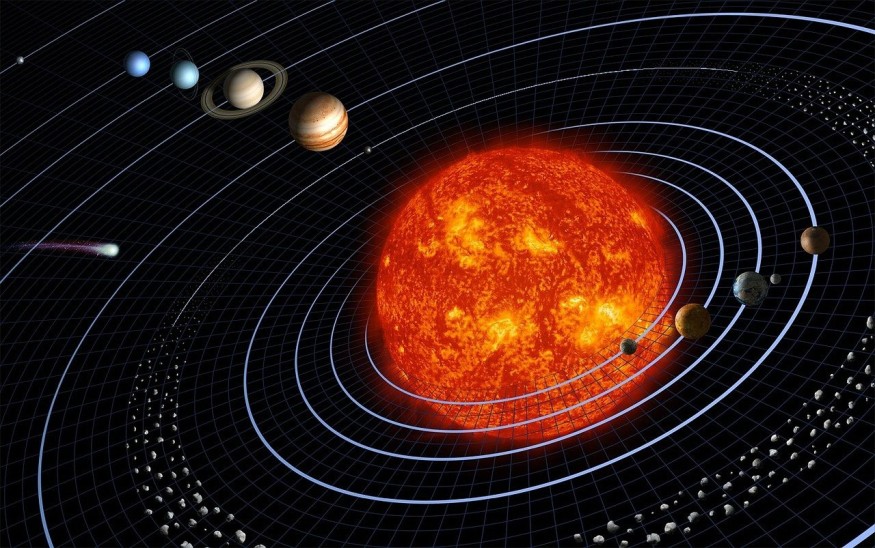An alien comet is travelling in space and heading in a direction towards our Sun, and scientists believe that the space object came from another solar system, likely within our own galaxy the Milky Way.
Unlike other comets, the mysterious visitor in our own system is relatively larger and has more protection from being disintegrated by the heat of our Sun.
Comets are relatively fast-moving celestial bodies that can be found orbiting our Sun, where they become faster as they approach it.
Amid the vastness of our solar system, the European Space Agency (ESA) says over a trillion comets can be found in the Oort Cloud, a region in space consisting of icy objects, theorized to be remnants from the formation of the Sun.
Alien Comet Approaches Sun

The six kilometer-wide (3.7 miles) comet named 96P/Machholz 1 is being monitored by the Solar and Heliospheric Observatory (SOHO) spacecraft, owned by the ESA, as it currently travels toward our solar system's only star, specifically inside the planet Mercury's orbit and leaves an ice trail in behind its path, Live Science reported.
In 2008, a material analysis from remnants of 150 comets determined that the alien comet contained less than 1.5% of the expected level of the chemical compound cyanogen and that it was also low in carbon, which led astronomers to assert that the space rock could be a visitor from a different solar system, as cited by the science news website.
Comet 96P/Machholz 1
Captured images of Comet Machholz 1 in 2002 by the National Aeronautics and Space Administration (NASA) indicated that one could see the said ball of ice and gas with the unaided eye but its clear physical appearance appears to be flaring up many times.
During the said observations, Maccholz was 22 million kilometers from the Sun.
However, the latest arrival of the alien comet is not the first time.
In fact, it also had some of the nearest approach to the Sun in the past as part of its complete orbit every 63 months, according to NASA.
However, the record-breaking closest distance that the comet will reach with the Sun will be on Tuesday, January 31, according to reports.
In 2019, Harvard University cited a study from various institutions, including the University of Maryland, showing that Comet 96P/Maccholz 1 is an object of great interest due to its unusually small perihelion distance and observed fragmentation in multiple apparitions.
The alien comet received its name when it was first spotted in 1986 by David Machholz who only used a homemade cardboard telescope.
Observations of comets are possible since they tend to get smaller but burn as they approach the Sun.
Just like asteroids, theoretical predictions about major comets hitting Earth is rare yet possible and can lead to widespread planetary damage, since a comet impact could result in a massive dust plume covering our planet.
© 2025 NatureWorldNews.com All rights reserved. Do not reproduce without permission.





